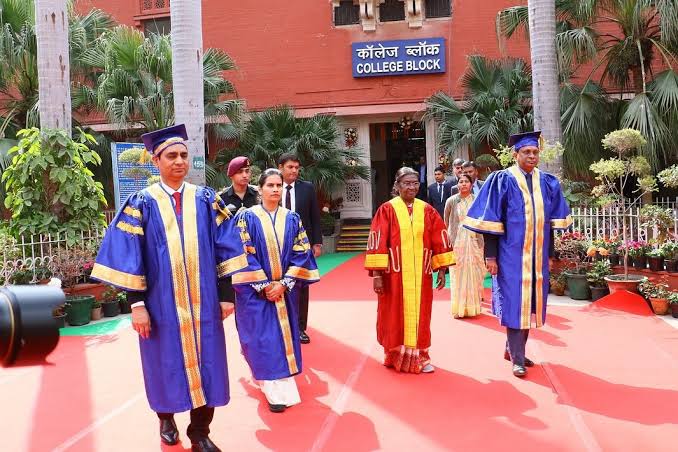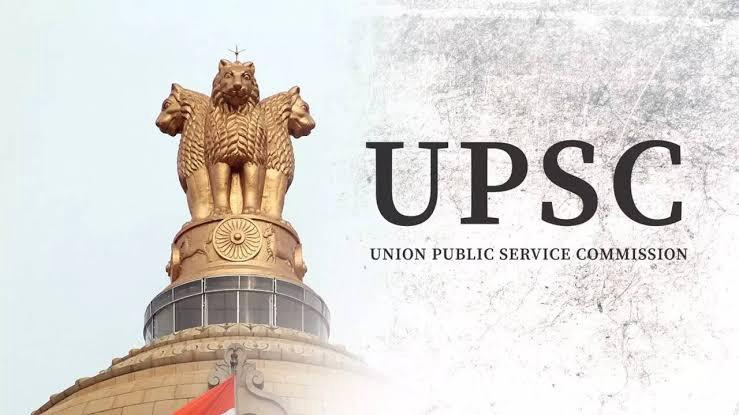 Image Source: Instagram
Image Source: Instagram
More than a century ago, the landscape of Indian medical education was changed forever—thanks to Lady Hardinge, wife of then Viceroy Baron Charles Hardinge, and the determination of 16 pioneering women. During the early 1900s, when the British shifted the capital from Calcutta to Delhi, Lady Hardinge noticed a glaring absence: there was no woman's medical college in the new capital. Though conservative convention dissuaded most women from studying with men, she argued in favour of setting up a standalone institution for women's medical education.
The cornerstone of the institution that would come to bear the name of Queen Mary College and Hospital was laid on 17 March 1914. Lady Hardinge passed away later in the year, but not her vision. At the Queen's behest, the college was christened Lady Hardinge Medical College (LHMC) and was opened on 17 February 1916 by Lord Hardinge.
Key Highlights:
First-of-its-kind: LHMC was the first women's medical college of North India, which unlocked the doors of medical education for those hitherto deprived of it because of social conventions.
Royal and popular support: Princely states like Jaipur, Patiala, Hyderabad, and Baroda supported the project, and they received popular contributions.
Modest beginnings: The college started with only 16 female students and one principal, Kate Platt.
Legacy of empowerment: The opening of LHMC was a landmark, drawing more Indian women into medicine and responding to the long-felt demand for women doctors among women patients.
Expansion and progression: From its founding, LHMC expanded its intake, added postgraduate courses, and is now a leading institution with hundreds of beds and thousands of graduates. Lady Hardinge Medical College today stands as a living testament to vision, philanthropy, and relentless zeal for education for equality—a heritage that has turned into a guiding light to future generations.
Source: Times of India, The Indian Express, LHMC official website
Advertisement
Advertisement




